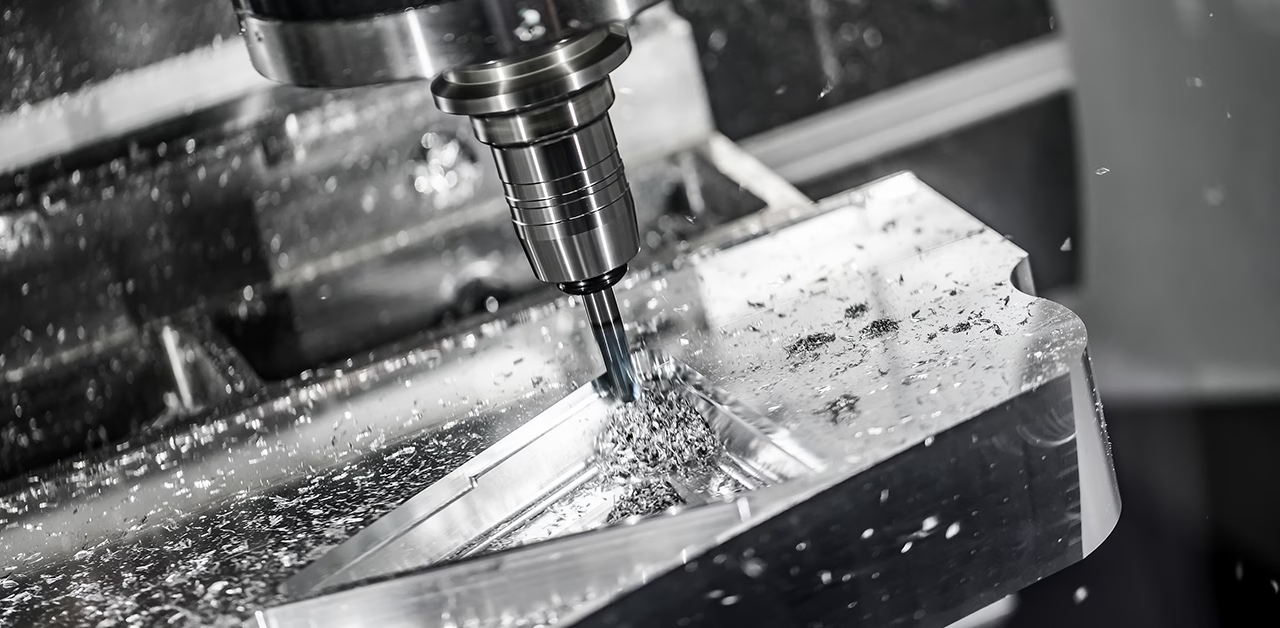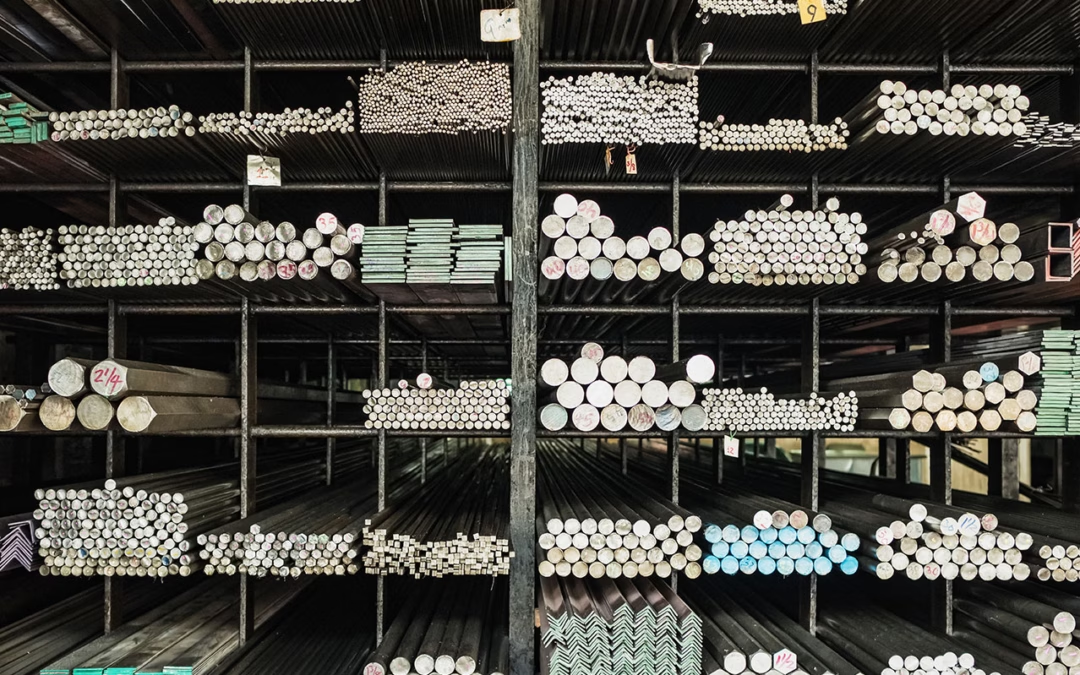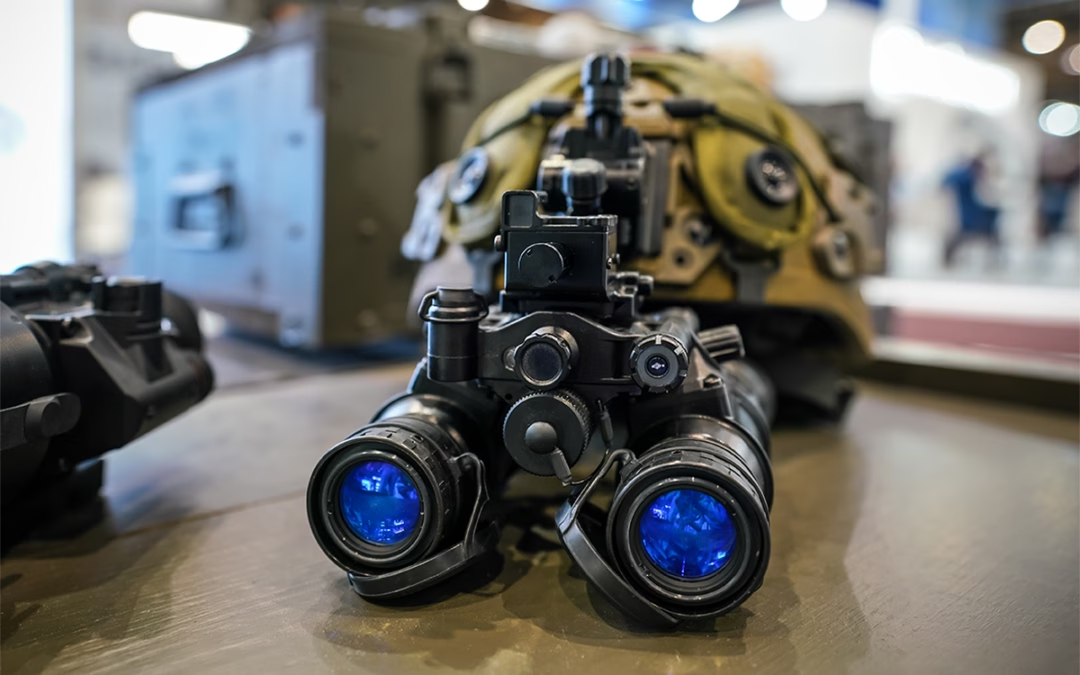CNC machining is a cornerstone of modern manufacturing, delivering unparalleled precision, efficiency, and scalability. At VertX Manufacturing, our expertise ensures that even the most complex challenges are met with innovative solutions. By mastering common CNC machining challenges, we optimize operations, enhance quality, and drive cost-effectiveness, allowing our customers to achieve exceptional results.
1. Material Selection and Machinability
One of the first challenges in CNC machining is choosing the right material. Some materials, like aluminum and brass, are easy to machine, while others, such as titanium and hardened steels, require specialized tools and techniques.
Solution: Selecting the appropriate cutting tools, optimizing speeds and feeds, and using proper cooling techniques can help improve machinability. Consulting with a CNC machining expert ensures the best material choice for your application. Learn more about material selection for CNC machining.
2. Tool Wear and Breakage
Excessive tool wear or unexpected breakage can lead to poor surface finishes, dimensional inaccuracies, and increased downtime.
Solution: Regular tool maintenance, using high-quality cutting tools, and implementing tool wear monitoring systems can help prevent unexpected failures. Advanced coatings like TiAlN or DLC can also extend tool life. Discover more about CNC tool maintenance.
3. Vibration and Chatter
Vibration and chatter occur when tools or workpieces move excessively during machining, leading to poor surface finishes and dimensional inaccuracies.
Solution: Proper workpiece fixturing, selecting the right cutting parameters, and using vibration-dampening tool holders can help reduce chatter. Multi-axis machining centers provide enhanced stability for complex geometries. Find out how multi-axis machining improves precision.
4. Tight Tolerance Requirements
Manufacturers often require tolerances as tight as +/–0.0005”, making precision machining a challenge.
Solution: Using high-precision CNC machines, incorporating in-process inspection techniques, and ensuring proper machine calibration can help achieve strict tolerances. Advanced CAD/CAM software also aids in precise programming. Read more about achieving tight tolerances in CNC machining.
5. Programming Errors
Incorrect G-code programming can lead to scrap parts, machine crashes, and costly rework.
Solution: Investing in CAM software, verifying toolpaths through simulation, and conducting thorough testing before full production can minimize programming errors. Operator training also plays a crucial role in preventing mistakes. Explore best practices for CNC programming.
6. Surface Finish Quality Issues
Achieving the desired surface finish is critical for part functionality and appearance, but issues like burrs, tool marks, and rough finishes can occur.
Solution: Proper tool selection, fine-tuning cutting parameters, and post-machining processes like deburring or polishing can enhance surface finish quality. High-speed machining with optimal feed rates also helps. Learn how to improve CNC surface finishes.
7. Workpiece Deformation and Warping
Thin-walled and complex parts can deform due to machining forces, residual stresses, or heat buildup.
Solution: Using proper work-holding techniques, reducing cutting forces with optimized toolpaths, and managing heat through coolants or misting systems can help maintain dimensional stability. Discover techniques for machining thin-walled parts.
Conclusion: Partner with CNC Experts for Optimal Results
Overcoming CNC machining challenges requires a combination of advanced technology, skilled machinists, and strategic process optimizations. At VertX Manufacturing, we specialize in precision CNC machining, leveraging state-of-the-art equipment and expert knowledge to tackle even the most complex machining challenges.
Looking for a reliable partner to enhance your CNC production? Contact us today to discuss your machining needs and experience the difference precision manufacturing can make!




